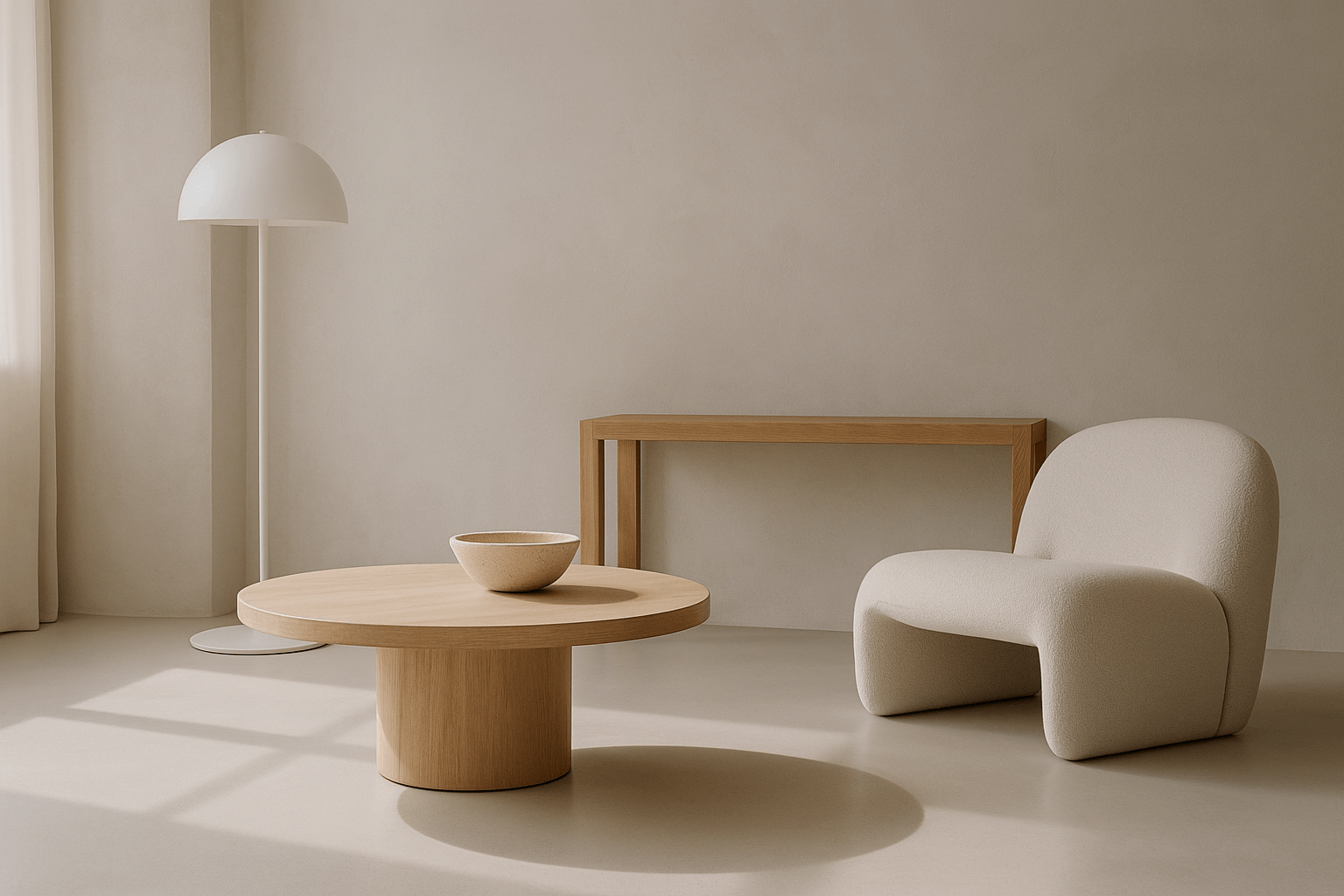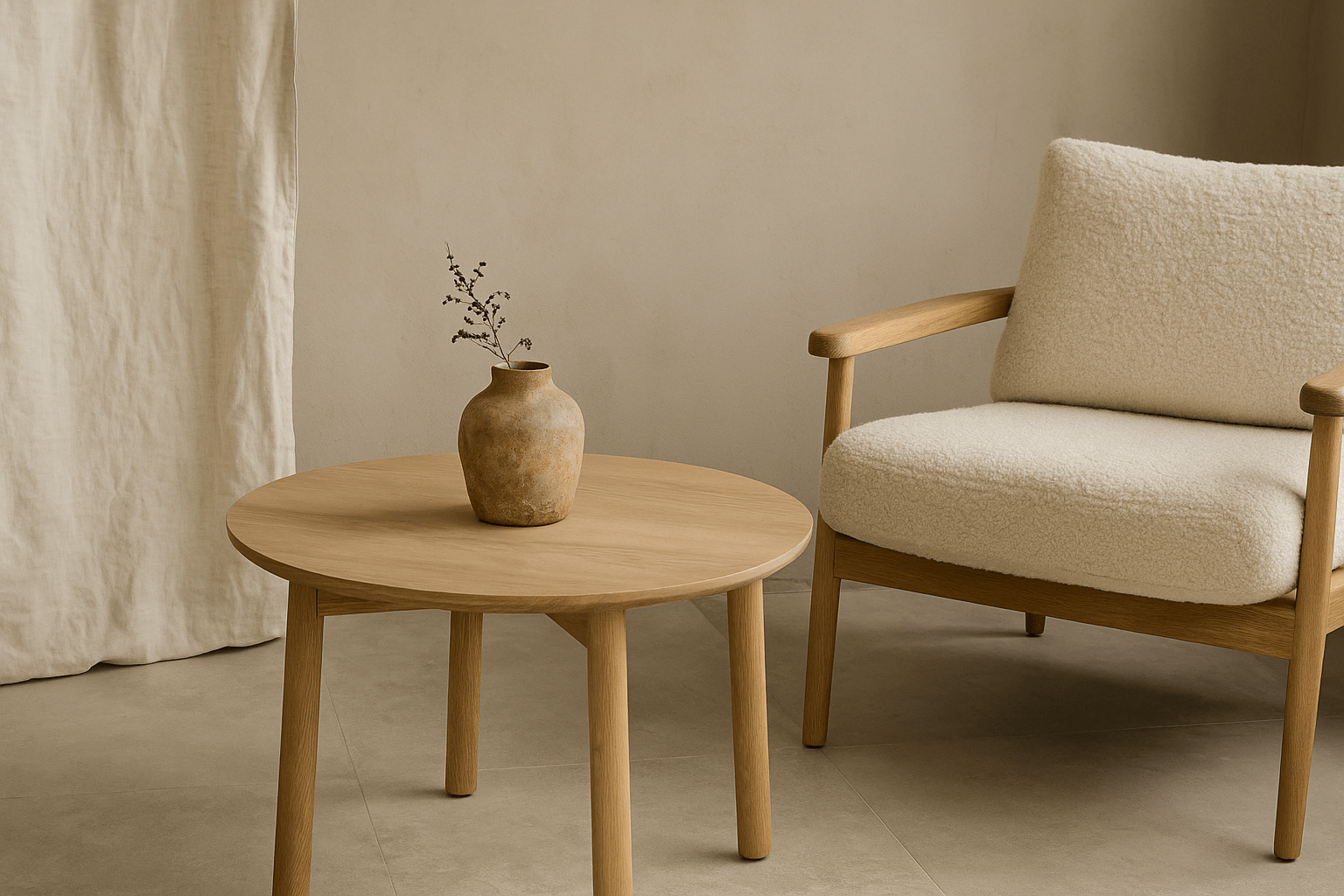Can a Calm Space Make You Think More Clearly?
Yes — and science backs it up.
Minimalist interiors don’t just look clean — they reduce cognitive load, improve focus, and even help you make better daily decisions.
In a world of overstimulation, designing a space with fewer distractions can shape how you think, work, and live.
1. Clutter = Cognitive Overload
Visual clutter competes for your brain’s attention, even if you're not consciously focused on it.
This can lead to:
-
Mental fatigue
-
Slower decision-making
-
Increased anxiety or stress
Minimalism reduces this overload by stripping away the unnecessary. What’s left is clarity — not just for your space, but for your mind.
2. Fewer Inputs = Faster, More Confident Choices
A streamlined environment helps you:
-
Focus on the task at hand
-
Feel more organized and in control
-
Reduce “decision fatigue” — the exhausting effect of having to choose all day
Whether you’re picking an outfit, making a to-do list, or planning dinner, a minimalist setting supports action without chaos.
3. Visual Simplicity Affects Emotional State
Neuroscience shows that symmetry, balance, and order appeal to our brains.
Minimalist rooms — with negative space, soft lines, and gentle repetition — calm the nervous system.
This emotional calm supports logical thinking and intentional decision-making.
4. Fewer Objects = More Mindful Interaction
When you only keep what’s essential, each item becomes a cue:
-
A clear desk invites focus
-
A clean entryway signals transition
-
A single cup, carefully placed, becomes a morning ritual
Minimalism turns routine actions into intentional moments.
5. Design Encourages Behavior
Environment design is behavior design.
A cluttered kitchen may lead to more takeout. A minimal one? Maybe cooking becomes easier, even meditative.
Design your space to align with how you want to live — not just how it looks in photos.
Final Thought
Minimalism isn’t just aesthetic — it’s psychological infrastructure.
When your environment is calm, your mind becomes more decisive, focused, and present.
Fewer distractions, fewer decisions — more clarity.
















